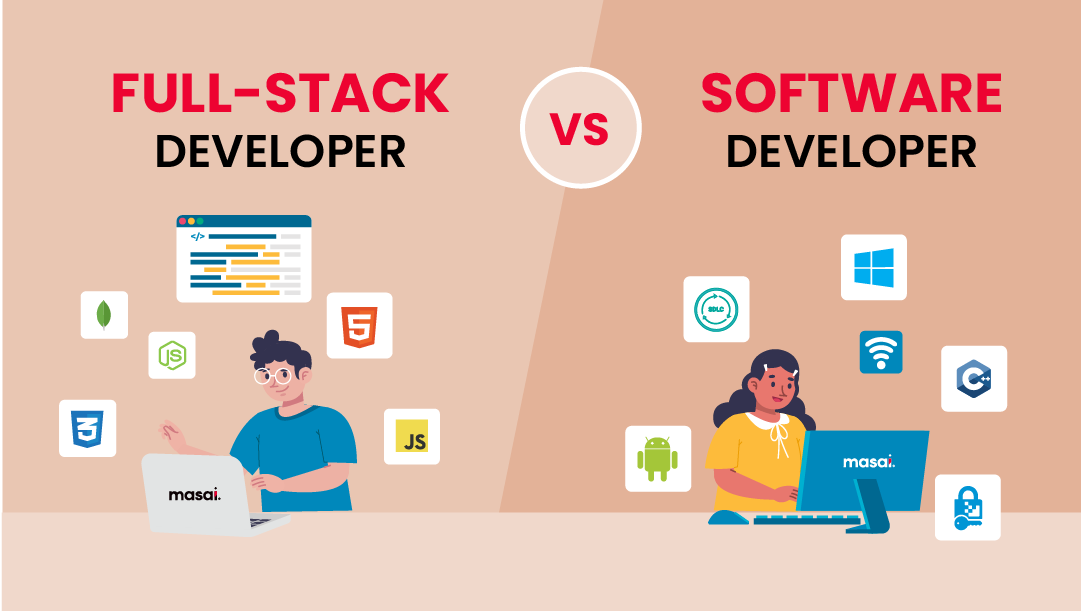Dedicated Developers vs. In-House Teams: Which Is Right for You?
The decision between utilizing committed programmers and maintaining an in-house group is a substantial one that can affect the trajectory of your tasks and overall service approach. On the other hand, internal groups add to a cohesive firm society and a nuanced understanding of long-term objectives.
Recognizing Committed Programmers
The growing demand for specialized abilities in the tech industry has resulted in the appearance of specialized designers as a practical remedy for several organizations. These specialists are generally contracted on a project basis, enabling business to utilize particular know-how without the long-lasting dedication connected with permanent hires. Dedicated programmers are commonly embedded within a client's team, offering versatility and scalability to meet project requirements.
This version allows companies to access a worldwide talent pool, which is specifically advantageous in a swiftly progressing technological landscape. Committed designers can be sourced from different geographical places, ensuring that business can find the best ability at affordable rates. They usually bring a riches of experience and understanding, having worked with varied jobs across different sectors.
Furthermore, specialized designers can concentrate specifically on the tasks handy, enhancing performance and performance. They are outfitted to incorporate flawlessly into existing operations, working together carefully with internal teams to attain job purposes. This method not only minimizes the concern of recruitment and training yet likewise permits organizations to remain nimble, adjusting swiftly to altering market needs and technical developments.
Benefits of In-House Teams

Moreover, in-house teams have a tendency to have a much deeper understanding of the company's mission, worths, and goals. This alignment can enhance worker involvement and motivation, as staff member feel extra linked to their job and the organization's success. In addition, having a devoted in-house team permits better placement of objectives and techniques, as these members are regularly concentrated on the company's concerns.
In-house teams additionally assist in quicker decision-making processes, as they can respond a lot more rapidly to obstacles and adjustments. The well established partnerships and experience with business procedures permit structured operations and reduced miscommunication. Eventually, the mix of a natural culture, placement with business objectives, and efficient interaction makes in-house teams a useful asset for lots of organizations, particularly those looking to cultivate long-lasting growth and technology.
Price Factors To Consider
When reviewing expense factors to consider, both internal groups and devoted programmers present unique financial implications for companies. Engaging committed designers generally entails a pay-per-project or per hour rate version, which can be affordable for companies with varying task needs. This approach permits for flexibility in scaling resources up or down, making certain that business only pay for the solutions they require.
In comparison, in-house teams entail dealt with expenses, including wages, benefits, and overhead expenses such as workplace and tools. While this design provides higher control and prompt schedule of sources, it may cause higher long-term expenditures, specifically if the workload does not validate a full-time team.
In addition, companies must think about the covert prices connected with employment and training of internal employees, which can further stress spending plans. In many cases, the time and sources spent on handling an internal group can interfere with the company's core organization objectives.

Task Monitoring and Adaptability
Task administration and versatility are critical elements that influence the selection between committed developers and in-house teams. Dedicated groups often have actually developed processes for managing jobs efficiently, leveraging specific approaches like Agile or Scrum, which promote iterative development and flexibility.

Eventually, the choice in between internal groups and committed designers rests on the wanted degree of versatility and the specific task monitoring requirements. Companies should review their operational characteristics, project intricacy, and resource availability to identify which option lines up best with their tactical purposes.
Making the Right Option
Picking the ideal advancement approach-- committed designers or in-house groups-- needs a mindful analysis of numerous factors that align with a company's calculated goals. software development staff augmentation. First, think about the nature of the job. If it requires specialized abilities or a fast scale-up, devoted programmers may be better. On the other hand, in-house teams can give much better connection and assimilation with existing workers.
Next, review your spending plan. Dedicated programmers typically present an economical service for temporary jobs, while internal teams may sustain greater lasting costs due to incomes, benefits, and overhead prices. Analyze the level of control and cooperation desired; in-house teams usually foster more powerful interaction and alignment with company society.
Additionally, think about the moment frame. If immediate outcomes are needed, dedicated programmers can be onboarded swiftly, whereas building an internal group takes time for employment and training. Weigh the lasting vision of your organization. If continuous growth is essential, buying an in-house team might yield much better returns gradually. Ultimately, the choice pivots on a complete analysis of these elements, guaranteeing placement with your company's overall objectives and operational demands.
Conclusion
In conclusion, the choice in between internal teams and devoted developers pivots on project requirements and business purposes. Conversely, internal groups grow a cohesive culture and deeper placement with long-term goals.
The decision between making use of specialized developers and preserving an internal team is a substantial one that can affect the trajectory of your tasks and general business software development staff augmentation strategy.Job monitoring and adaptability are essential factors that affect the selection in between dedicated designers and internal teams. offshore software development.In contrast, in-house teams may succeed in maintaining a regular job administration structure due to their familiarity with the organization's society and lasting goals. Devoted developers usually present an economical solution for temporary projects, while internal teams might sustain higher long-lasting expenses due to salaries, advantages, and expenses costs.In verdict, the decision in between devoted programmers and internal teams pivots on job demands and business objectives